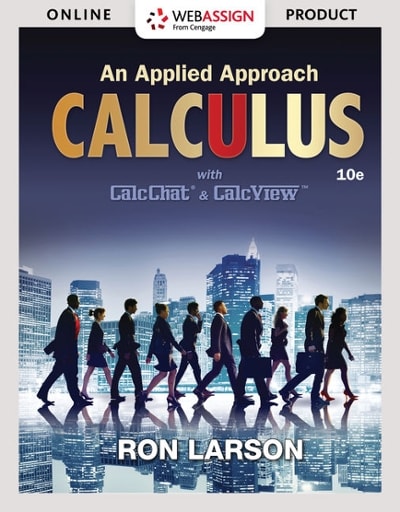Answered step by step
Verified Expert Solution
Question
1 Approved Answer
How does the general form relate to the given equation? I don't understand if i just substitute alpha and beta into the general form and
How does the general form relate to the given equation? I don't understand if i just substitute alpha and beta into the general form and that is supposed to give mu=0? Is X2 in the general form the same as Xk? I am just very confused on this notation and how to approach this problem. Thank you in advance!

Step by Step Solution
There are 3 Steps involved in it
Step: 1

Get Instant Access to Expert-Tailored Solutions
See step-by-step solutions with expert insights and AI powered tools for academic success
Step: 2

Step: 3

Ace Your Homework with AI
Get the answers you need in no time with our AI-driven, step-by-step assistance
Get Started


